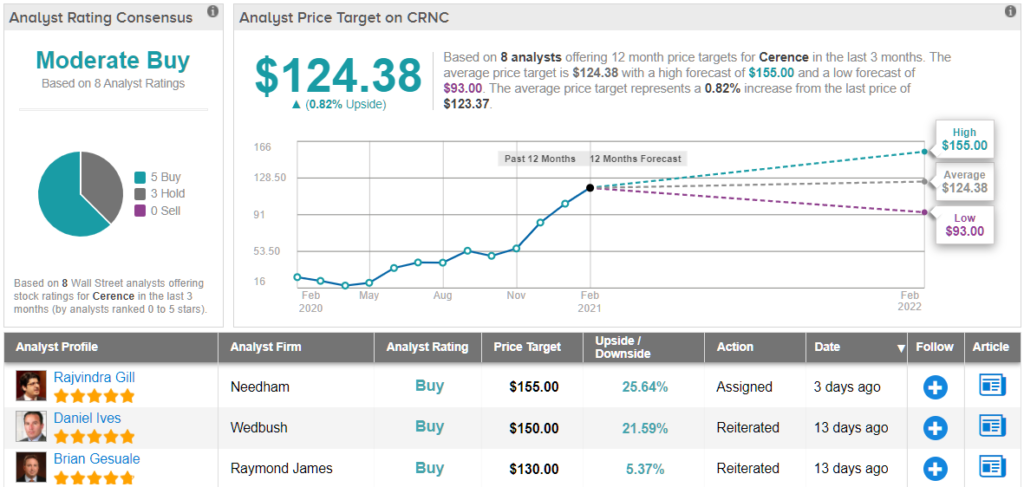

Practical application of the products herein are at your own risk and, its partners, representatives and employees assume no responsibility or liability for any use or mis-use of the product. This product is for educational purposes only. Sometimes these slowdowns in the semiconductor industry can come unexpectedly, as it did in late 2018 when Nvidia's share price dropped 52% in the fourth quarter that year.Disclaimer: Past performance is no guarantee of future performance. It's very possible that Nvidia could double in value by 2025, but it's also impossible to know what the state of the economy will be at the time, and whether investors will have the appetite to pay a high P/E to buy the stock.Ī recession or industrywide slowdown would slow Nvidia's revenue growth, potentially causing the stock to fall. The long-term upside would be absolutely massive.

Arm would open other growth opportunities for Nvidia in Internet of Things and mobile devices. What's more, if Nvidia gets through the regulatory approval process and lands Arm Holdings from SoftBank Group, that would just add many more billions of potential revenue to the company's already large addressable market.
#Nvda forecast 2025 software#
Nvidia sees software services built on its core GPU technology as another multibillion-dollar opportunity. Moreover, its acquisition of Mellanox a few years ago positions Nvidia to be a top supplier for networking hardware, which is sort of the nuts and bolts of the server market.īeyond server hardware, Nvidia is now starting to launch software platforms that allow organizations to have all the tools they need to maintain top-level security for their servers, but at the same time provide sophisticated software for data scientists to use AI to design new applications. Nvidia offers GPUs, data processing units (DPUs), and in the next few years its first data-center CPU, which could significantly expand its growth opportunity. Its A100 chip has seen strong adoption for artificial intelligence use, including powering natural language processing and recommendation engines. Its data center business generated $8.2 billion in revenue over the last four quarters, but management has estimated the addressable market at $100 billion. Nvidia has plenty of avenues to tackle this opportunity. The data center opportunity is even more promising and should grow to become Nvidia's largest segment by 2025.

The data center segment should become Nvidia's largest business These trends have already fueled a compound annual growth rate of 19.2% for the company's gaming business over the last three years. Overall, growing interest in esports and the launch of more games taking advantage of the latest graphics technologies should encourage more upgrades for Nvidia's gaming GPUs for a long time. Nvidia commands a dominant lead in gaming hardware, with an 83% market share of the discrete GPU market. It's also seeing growth with its GeForce Now cloud gaming service.

The gaming GPU market should grow at a compound annual rate of 14% through 2026, according to Mordor Intelligence. If Nvidia's gaming segment grows at that rate, it could nearly double to almost $20 billion in annual revenue in five years. More people started gaming during the pandemic, which expanded the market for gaming hardware. The gaming segment generated $10.5 billion in revenue over the last four quarters, or 48% of the company's business, with gaming revenue up 85% year over year in the fiscal second quarter. Since then, Nvidia's data center revenue has grown from 10% of its business to 36%, yet its core business of selling GPUs to gamers hasn't taken a back seat. The boom in gaming hardwareĪt this time in 2016, Nvidia was just getting started in applying its core graphics-processing technology to the booming data center market.


 0 kommentar(er)
0 kommentar(er)
